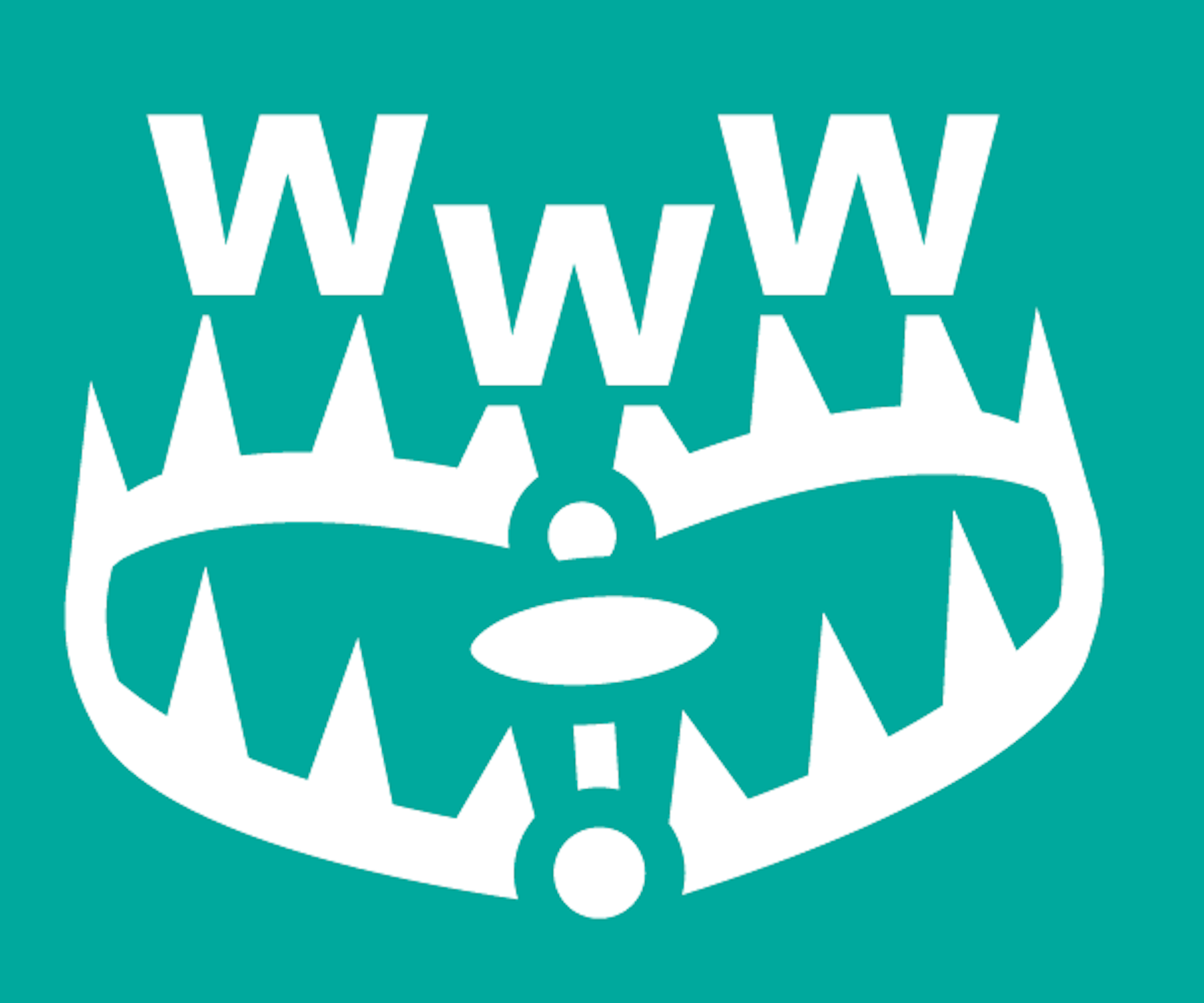Here are my top 5 web design traps I see companies and agencies alike falling into:
- Web design trends
- Creativity over UX
- Visual overkill
- A lack of purpose or strategy
- No research
1. Web Design Trends
There are many web design trends that come and go. Some trends like parallax scrolling, where the foreground and background move at different rates have been around for a long while now and show no signs of disappearing from our screens. Good digital or web agencies will know how to make the best use out of parallax, so you don’t look like every other WordPress theme. Used correctly, it can be a powerful design tool. Other trends that have been implemented on a countless number of sites with no customisation like Particle.js make designers like us cry inside every time we see it. The point here is that you need to be careful what web design trends you implement on your website. Make sure it’s relevant for your brand and audience, and never NEVER just plant on your site for sake of being trendy.
2. Creativity over UX
I believe it Is super important for the designer or design team working on a website to understand and empathise with the target audience. It’s a UX designer’s job to create a meaningful website that is relevant for its visitors, not to please and design for the person responsible for signing it off. When you are in charge of a website project, remember it is not about your taste. It’s easy to make something look pretty but much harder to design something that engages and entices an audience to act. If you just want a website that looks pretty, go download a random template and stick your logo on it.
3. Visual Overkill
Modern website design is visual-heavy. Visual elements help draw people’s attention and increase overall engagement. So, including visuals is a no-brainer. Very often you’ll see large full screen areas using video or something else whizzy that catches your eye. So, what’s the trap?
All this cool stuff can be heavy to load. Images, JavaScipt files and video, let alone 3rd party scripts, take time and hurt your conversions. 40% of people will abandon a website that takes longer than 3 seconds to load. If you’re not sure if that sounds like you or not, there are tools that will measure it for you. If your site is having issues, make sure all your site is optimised. There are so many techniques that can be used to utilise cool visual elements without forcing your audience to go and boil the kettle while your site loads. Make sure your agency understands website performance optimisation.
4. A Lack of Purpose or Strategy
Every website should have a purpose. Primarily, your website should be contributing to your bottom-line in some way. But this isn’t specific enough to be used as a strategy. Your purpose might simply be sales if it’s an e-commerce site, or enquiry forms completed if you’re a service business. Either way, your whole website should be designed with that purpose and strategy in mind.
It can be tempting, if you forget your purpose, to shove as much content as possible in front of your users in the hope that something sticks. But if this content doesn’t serve your purpose or contribute in some way to achieving a sale or conversion you’re just wasting their time and yours. As we’ve already seen, if you waste your users’ time they’ll just leave. Leave your users in no doubt about what it is you want them to do, include strong and obvious calls to action (CTA). Want to know how to write a good CTA? Check out this previous blog.
5. No Research
This one is just criminal. There is simply no excuse for not doing your research before you build your website. It’s not as if there’s a shortage of material or it’s hard to access – just hop on Google and search your competitors and companies in your industry you admire. You’ll quickly get an idea of what aspects you do and don’t like, and this will help to create the picture of your new site in your mind.
Don’t stop there though. Your research should also take into account your users and their needs. After all, as much as you want a nice website, it’s ultimately there to serve your users. Find out how your users interact with your current site. You can map their journeys using Google Analytics, as well as heat map tools such as Hot Jar. This should highlight any issues or pages that simply aren’t being clicked on, as well as showing you the most popular content you have.
Be careful folks…
The increasing accessibility of self-build tools such as WordPress, SquareSpace and Wix (to name a few) means it is more and more tempting for people to simply jump straight into building their website and hope for the best. As we’ve seen though, the pitfalls are plentiful and potentially project ruining.
A bit of research and strategic planning will go a long way. A lot of it will go even further. Make sure you know exactly what and who your website is designed for, and what exactly you want them to be doing once they’re on there. Most importantly, keep your users in mind at all times.
